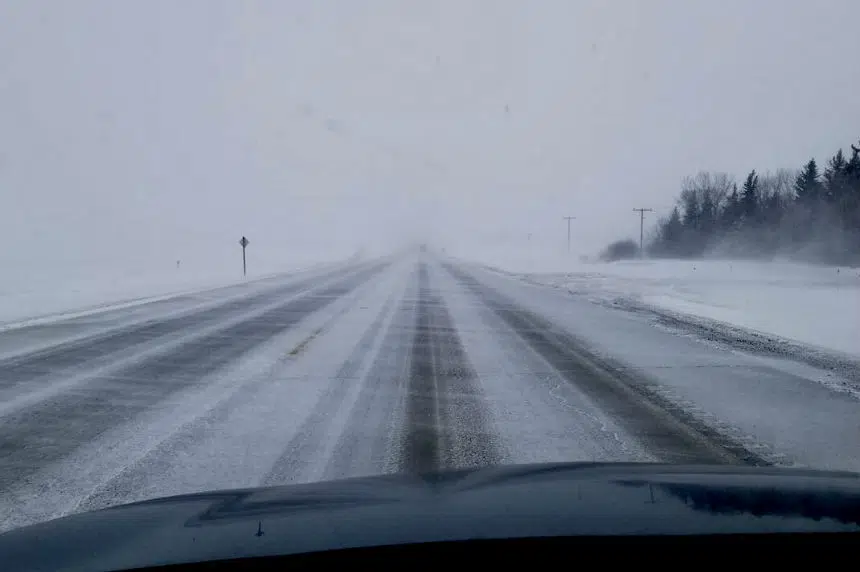It’s time to gear up and get ready—a major snowfall is on its way to Saskatoon.
Environment Canada issued snowfall warnings for the Saskatoon, Martensville, Prince Albert and Battlefords areas on Tuesday afternoon as up to 15 centimetres or about six inches of snow is expected to fall.
Meteorologist Terri Lang told 650 CKOM that “quite the system” is moving from British Columbia, into Alberta, making its way to Saskatchewan Tuesday night.
She expects the snow will begin after midnight, towards 3 a.m. Wednesday.
“It looks like the heaviest snow will probably be in the morning,” she said. “We’re also looking at some fairly gusty winds, mostly from the southeast, then backing around to the northeast. But, 30 gusting to 50 km/h, so that’s probably going to cause some blowing, and drifting snow out on the highway.”
Lang reminded drivers to slow down with the possibility of slippery conditions, along with possible snow drifts that may form on roads and highways.
“We always forget our driving skills in the snow, after we haven’t had snow in a while. Of course, that’s the slowing down, and making enough room for stopping distances. And, of course, knowing how slippery it can be underneath the snow as well,” she explained.
Lang said travelling around the central and southern portions of the province will also be “tricky” throughout the day.
“If you don’t have to travel, if you can put it off to another day, you might consider doing that. If you do have to go, make sure you check the Highway Hotline before heading out, and make sure you’re prepared for the conditions.”
Following the snowfall, Lang expects Saskatoon will have cooler temperatures with dangerous wind chills.
Moving ahead to the weekend, Lang said we will get a reprieve, to seasonal temperatures. Normal values for this time of year range from – 11 C to – 20 C.
The mild weather leading up to the Wednesday storm may cloud some memories of years past, but Lang said these are normal conditions for this time of year.
“It’s winter in Saskatchewan, it’s the middle of January, very typical conditions.”











